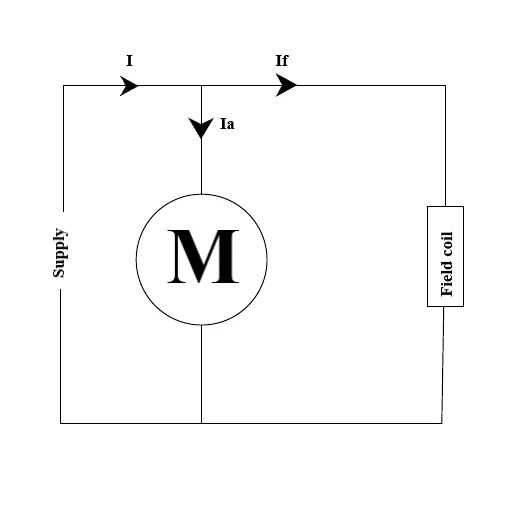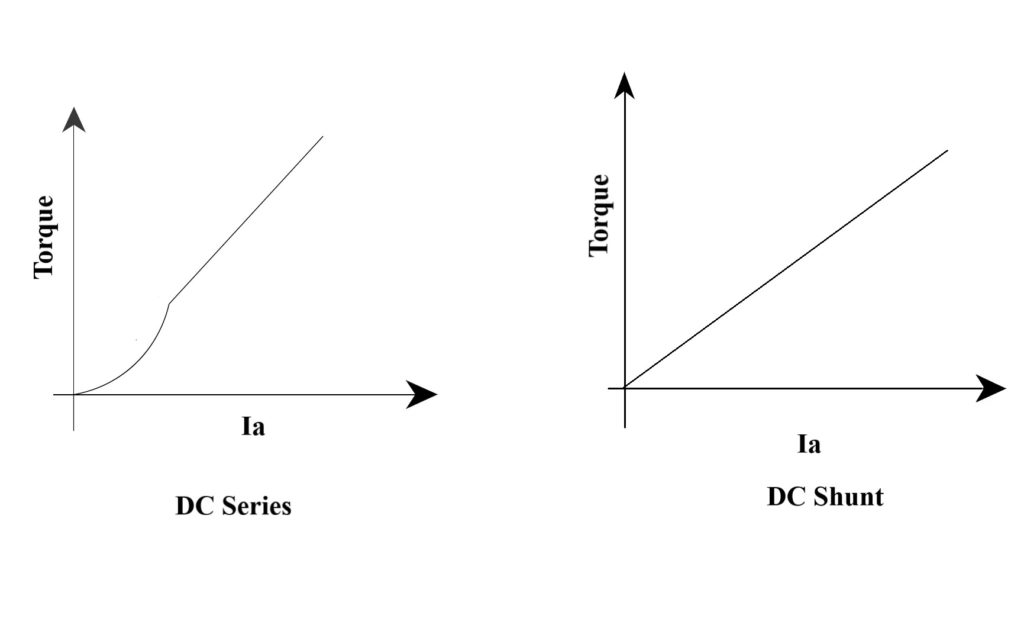An internal combustion engine cannot start on its own. It needs an external source of momentum for running. Go back to the 20th century, it was all done manually by attaching a rod to the camshaft and rotating it. Even now, bikes are provided with kickstarters which would do the same job. This process is very annoying especially in traffic which is why starter motors was introduced. The concept here is simple. Connect a motor to the flywheel of the engine using a pinion gear and crank the engine by switching on the motor.
The starter motor

There are a lot of motors available in the market such as, Shunt, Series, Differential, Cumulative, stepper, servo, etc. In order to choose the right motor, we need to take some considerations. First of all, we need a lot of torque to overcome the inertial force of the engine. If the engine is big, one needs a larger amount of torque to start the engine and same is the case when the ambient temperature is low due to the increased viscosity of the engine oil. Secondly, it has to be compact which is a very important design requirement.
Since the motor will be powered by a battery, DC motor is used. Here we choose series motor.
Shunt Motor
In a shunt motor, the field coil and the armature are connected in parallel as shown. The current that comes in splits into Ia and If. DC Shunt Motor

Series motor
In a series motor the field and the armature coils are connected in series and hence the current is constant throughout the circuit.

Now, we obtain the torque and current relationship.
Power, P = Torque (T) X Angular velocity (w)
Also, P = Eb X I
Where, Eb is the back emf and I is the current.
And, Eb = (Pi)pwz(Ia)/60a (p, z, a are constant for a given motor).
After comparing both the power equations, we see that torque is proportional to Armature current Ia and Pi (magnetic flux) and Pi is proportional to I. Therefore, Torque is proportional to the square of the current in series and product of both the currents in a shunt motor (Ia and If).

Now if we check the characteristics, we see that, Shunt motor is almost linear. That is, If has no big role in controlling the torque and is almost a constant. On the other hand, in a series motor, torque is proportional to the square of Ia hence is parabolic until some saturation point. This clearly says us that, a series motor has a higher starting torque and is the clear winner when it comes to engine starters. On the other hand, a series motor can be used in places where there is a constant torque requirement.